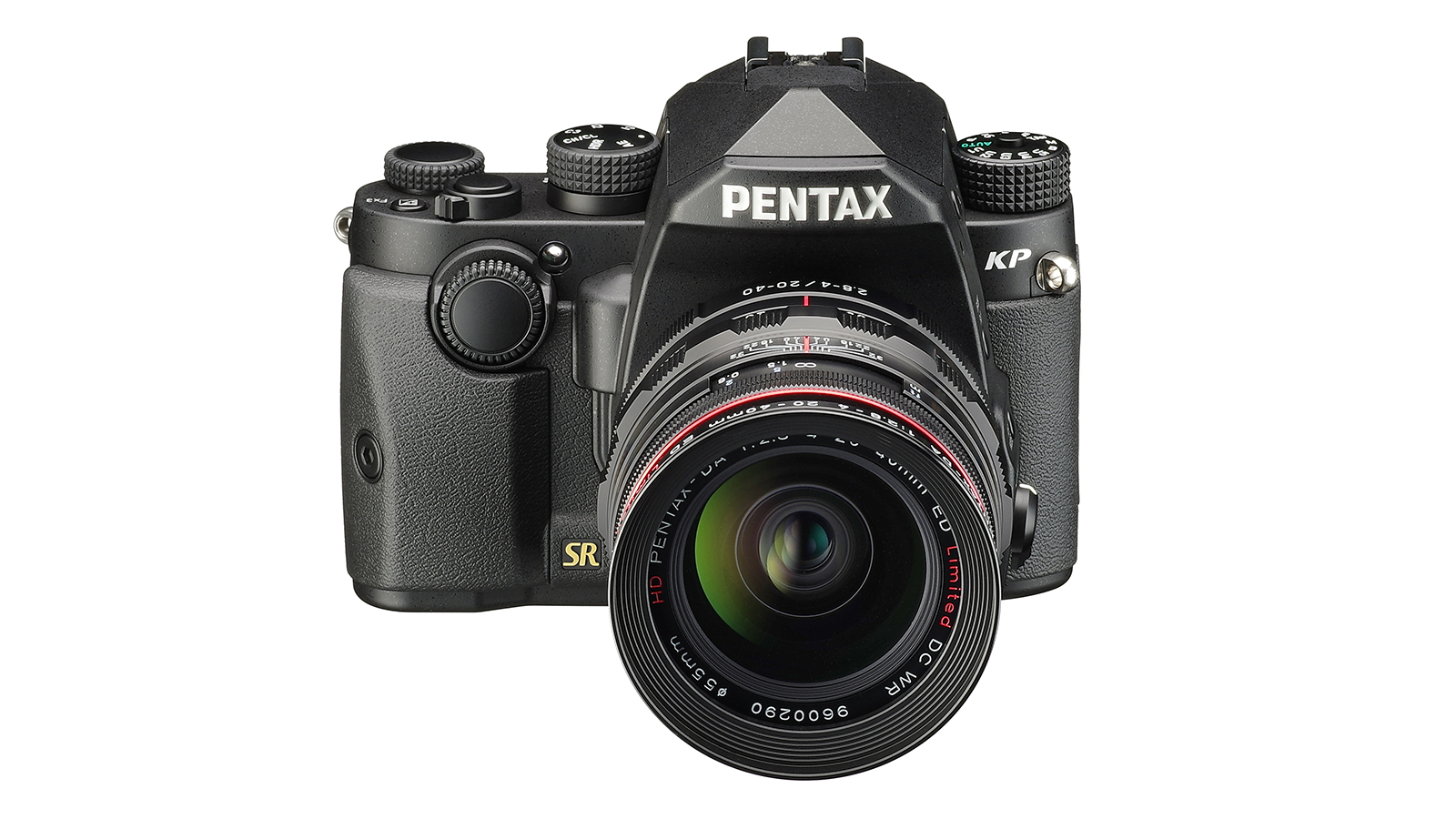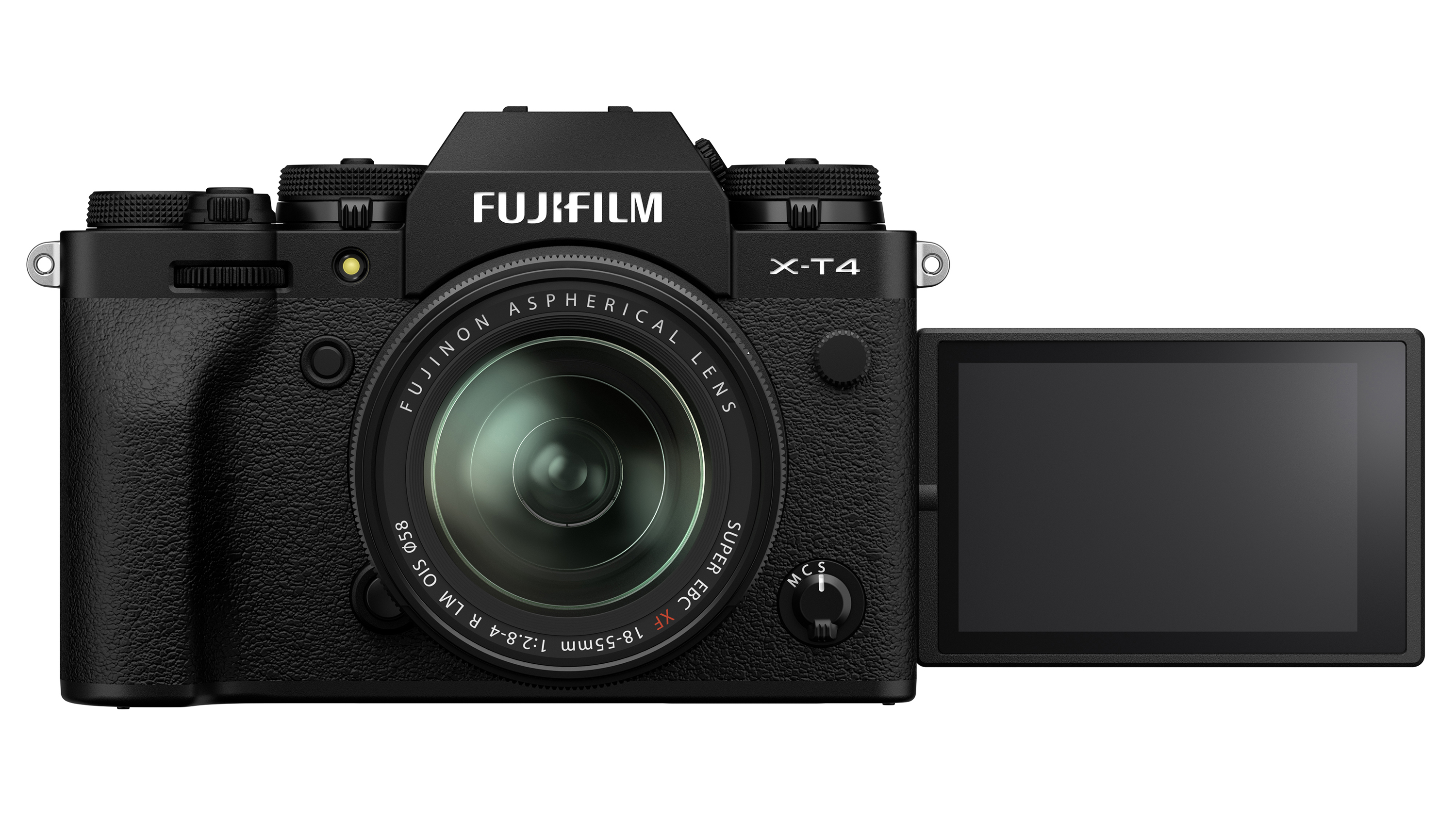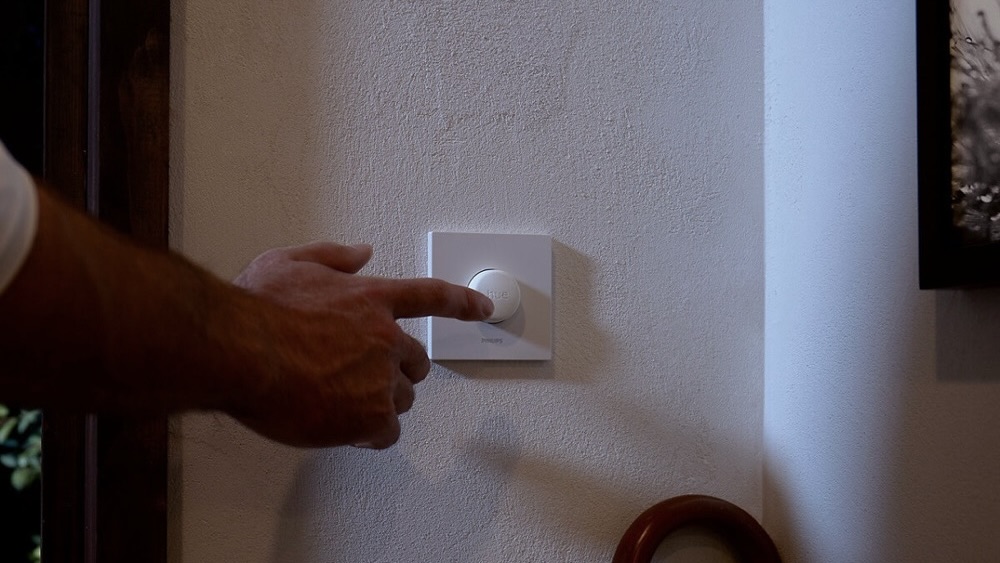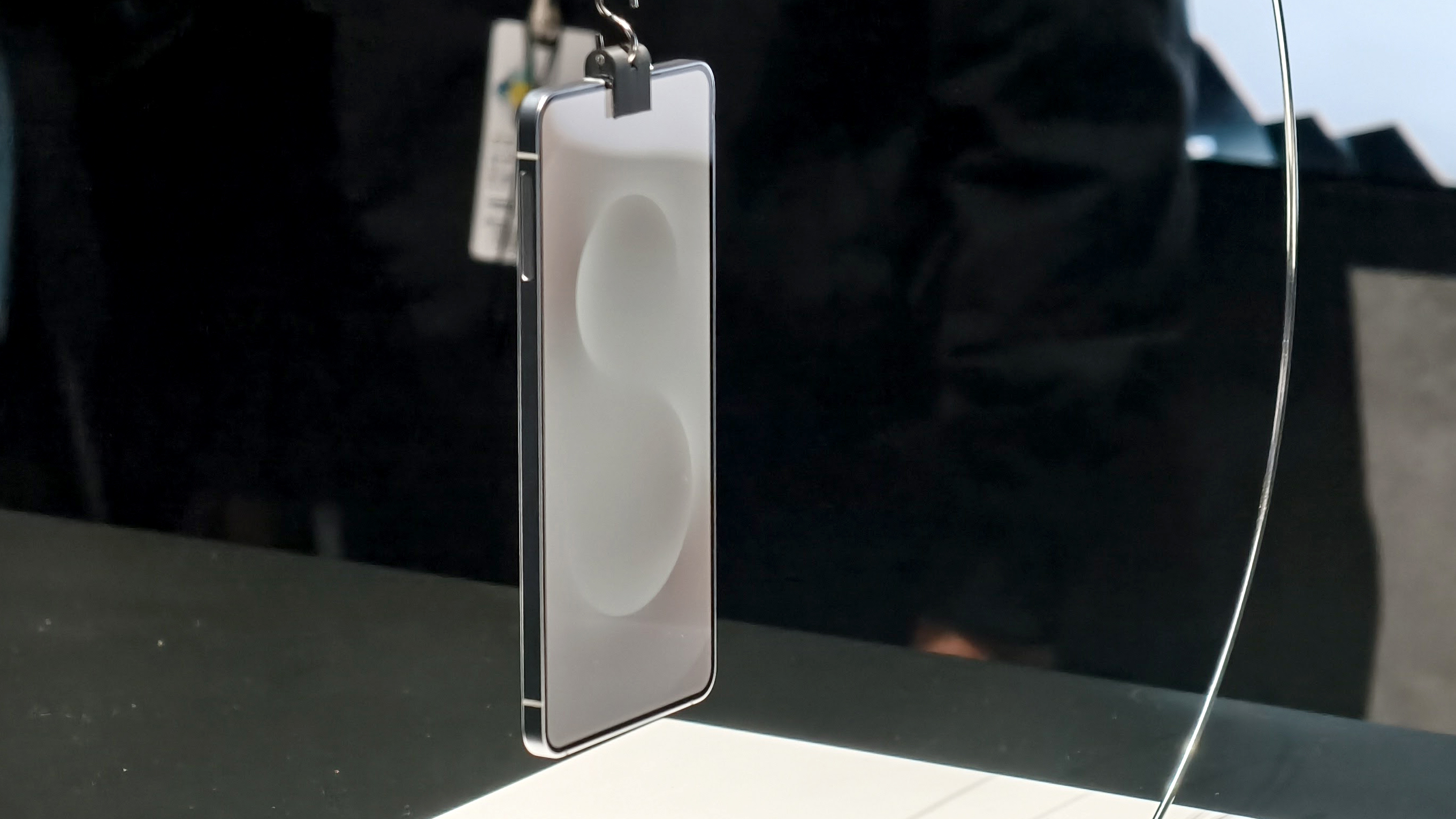

For most of the past twenty years the common digital camera sensor sizes were 1/2.3-inch, one-inch, APS-C and full-frame, with a further alternative in Four Thirds favoured only by Olympus and Panasonic. As smartphones have gradually killed off the compact point-and-shoot portion of the market, which incorporated the smaller sensors, and recent Panasonic cameras have gravitated to using a full-frame sensor too, in reality, dedicated camera buyers have been mostly left with a straight choice: APS-C or full-frame?
- Best cheap full-frame camera: large sensors for little cash
Here we explore the difference between the two, the pros and the cons, the pluses and the minuses, and how whichever you choose when selecting a camera can, in turn, affect the lenses that can be used with it for creative effect.
APS-C vs Full Frame: pros and cons
The first thing, and the most obvious difference to point out, is that our two sensors up for discussion differ in physical size, and that the surface area of a full-frame sensor is larger than that of an APS-C sensor.
To take a look at those employed by Nikon as just one example, the dimensions of a full-frame chip may measure 35.9mmx23.9mm, an APS-C alternative may offer 23.5mmx15.6mm.
The rough rule of thumb that bigger is better also theoretically applies here. Because the surface area of a full-frame chip is larger, it enables more pixels to be crammed onto its surface, and therefore for a higher resolution camera, and thereby more detailed imagery, to be delivered.
Why ‘full frame’? Well, simply because the sensor size equates with that of a full-frame of 35mm film of old – the standard film format used by more ‘serious’ cameras, such as SLRs. This has the advantage of older SLR film camera lenses being able to be re-used on today’s digital SLRs, with no inherent crop factor. In other words, what we see through the camera’s eye-level viewfinder is what we get in terms of the resulting image.

Put a lens destined for a full-frame camera on an APS-C camera however and you’ll get a cropped image. This is because the APS-C sensor size, while larger than those found in compact cameras we mentioned in our intro, is still smaller than a full-frame sensor.
Sign up to the T3 newsletter for smarter living straight to your inbox
Get all the latest news, reviews, deals and buying guides on gorgeous tech, home and active products from the T3 experts
By the same token, place a lens devised for an APS-C camera on a full-frame camera and you’ll also get a cropped frame too, because you’re no longer using the entire sensor.
Generally speaking, if you want the most highly detailed images then a full-frame sensor camera with a lens specifically devised for use with full-frame cameras will produce the best results – which is why most professionals will favour full frame.
In terms of the ‘cons’ when it comes to full-frame, broadly speaking, a physically larger full-frame sensor typically necessitates a physically larger and weightier camera by comparison with its APS-C sensor incorporating cousins. However, there have been some significant advances in the past decade, particularly as regards mirrorless cameras, which jettison the bulky mirror mechanism found within SLRs to allow for a smaller body design. This means that there is not as significant a size difference between full-frame or APS-C sensor cameras as there used to be a decade back, particularly as regards mirrorless cameras.
APS-C vs Full Frame: which would suit you?
APS-C sensors tend to be found in smaller, more portable and just as importantly more affordable consumer-level cameras, including compact mirrorless cameras and DSLRs aimed at amateurs and photography hobbyists. So if you’re a student of photography just getting started, or someone switching up from a smartphone to a more ‘serious’ photographic tool, then an APS-C camera is a safe and affordable bet.
The more serious enthusiasts and professional photographers will typically always opt for a full-frame camera because of the perceived leap in quality and extra detail and picture information it delivers – the result of using big and bright lenses with a high-resolution sensor, meaning that results in lower light conditions are often better too.
This can, however, result in a bulkier, heavier body to house a full-frame sensor, as we’ve noted above, although this difference isn’t as pronounced as it used to be. Because we’re getting extra however, in terms of sensor size and image quality, full-frame cameras are regularly more expensive than their APS-C sensor incorporating alternatives.

If you’re a landscape, fashion or portrait photographer then full-frame may appeal, as you’ll be looking to achieve as detailed and subject-realistic imagery as possible.
However, street photographers, travel photographers and even some press photographers may favour the typically lightweight and smaller APS-C models, that allows the user to, typically, be more flexibly fleet-of-foot in capturing the moment, while potentially avoiding an aching neck and shoulders from carrying a bulkier camera and lens/es around all day.
Broadly speaking then, if you’re looking to make a pictorial step up and augment that smartphone with an interchangeable lens camera to achieve better pictures, then an APS-C sensor incorporating mirrorless camera or DSLR should suit just fine. If you’re, however, seeking to work professionally in a competitive marketplace, where your images will possibly be blown up to billboard size, then you’ll already know that a full-frame sensor camera is the one you should be preferentially seeking out.
APS-C vs Full Frame: features to look for
As they’re typically aimed at professionals or those who are fairly proficient in the art of photography, full-frame cameras tend to offer more in terms of manual controls and customisation than the APS-C cameras aimed at the consumer market, where most people want to be able to attach the lens out of the box and be immediately up and running, without too many distracting options presented to them that they might never use.
Safe to say, then, depending on the skill set and knowledge of the user, that full-frame cameras require a bit more of a learning curve and familiarisation with the particular manufacturer’s quirks before optimum results can be achieved.
It’s worth adding that the extra degree of quality provided by full-frame cameras and their directly compatible lenses not only benefits those looking to shoot stills, but also anyone filming video too.
So, if you can afford it, and do really need that nth degree of detail, a full-frame camera is nearly always going to come out on top when compared like-for-like with an APS-C sensor-incorporating alternative.
Liked this?
Gavin Stoker has been writing about photography and technology for the past 20 years. He currently edits the trade magazine British Photographic Industry News - BPI News for short - which is a member of TIPA, the international Technical Imaging Press Association.

